
The SAS Viya LTS 2021.2 release supports application multi-tenancy. This 3-part series reviews how authentication can be configured.

The SAS Viya LTS 2021.2 release supports application multi-tenancy. This 3-part series reviews how authentication can be configured.
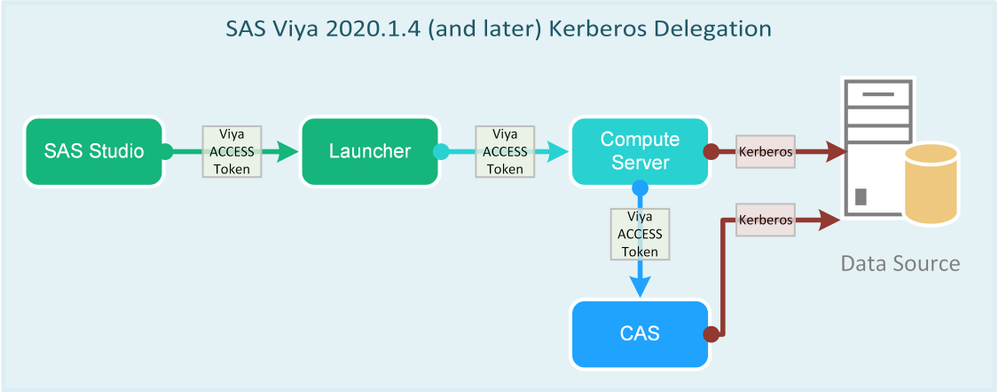
SAS Viya 2020.1.4 introduced support for Kerberos delegation. As a result, Kerberos delegation will be available with the Long Term Support release 2021.1. This series starts with an overview and continues into authentication processing in detail, Kerberos delegation configuration, and requirements for SAS/ACCESS to Hadoop. Part 1 - SAS Viya
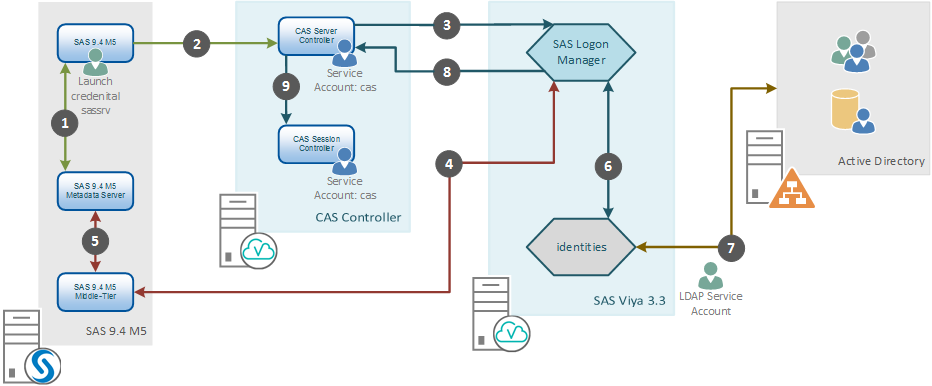
This post addresses connecting to SAS Viya using a One-Time-Password generated by SAS 9.4. We'll learn more about SAS Viya connecting with SAS 9.4 and talk about how this authentication flow operates and when we are likely to require it.
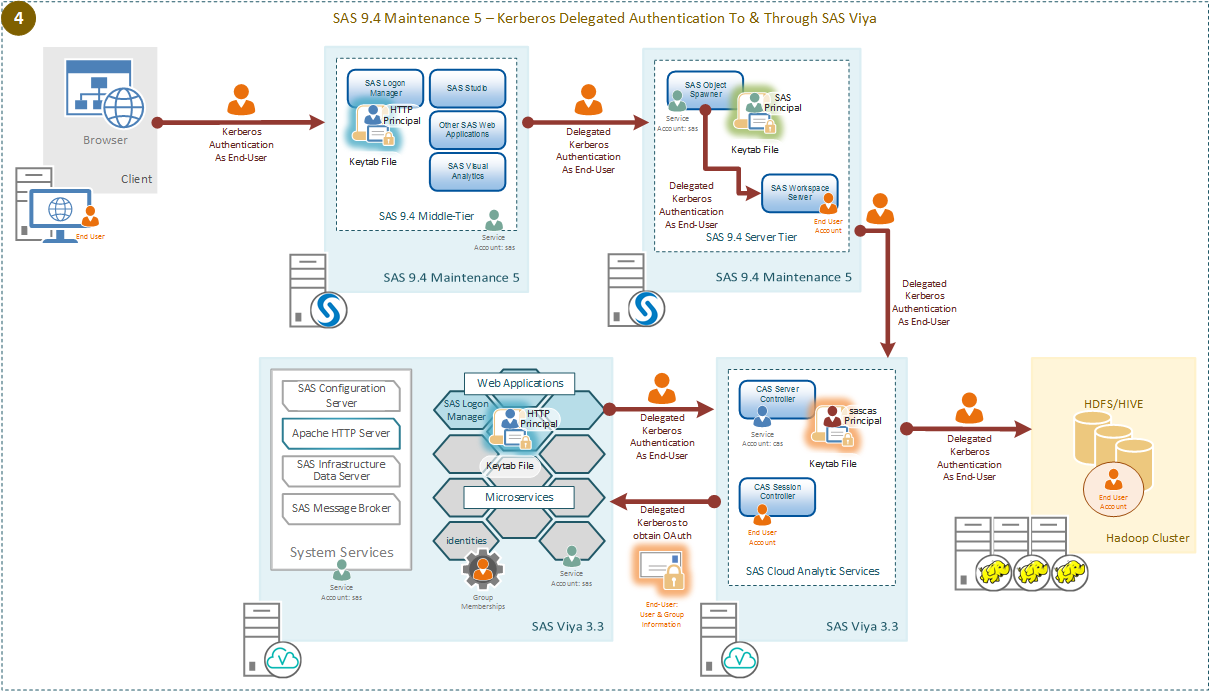
You can now enable Kerberos delegation across the SAS Platform, using a single strong authentication mechanism across that single platform. As always with configuring Kerberos authentication the prerequisites, in terms of Service Principal Names, service accounts, delegation settings, and keytabs are important for success.

Learn about the new feature of SAS Viya 3.3 that enables Kerberos delegation throughout the environment. It allows you to have end-user sessions in SAS Cloud Analytics Services that are able to use Kerberos to connect to Secured Hadoop.

In this article, I will set out clear principles for how SAS Viya 3.3 will interoperate with Kerberos. My aim is to present some overview concepts for how we can use Kerberos authentication with SAS Viya 3.3. We will look at both SAS Viya 3.3 clients and SAS 9.4M5 clients.
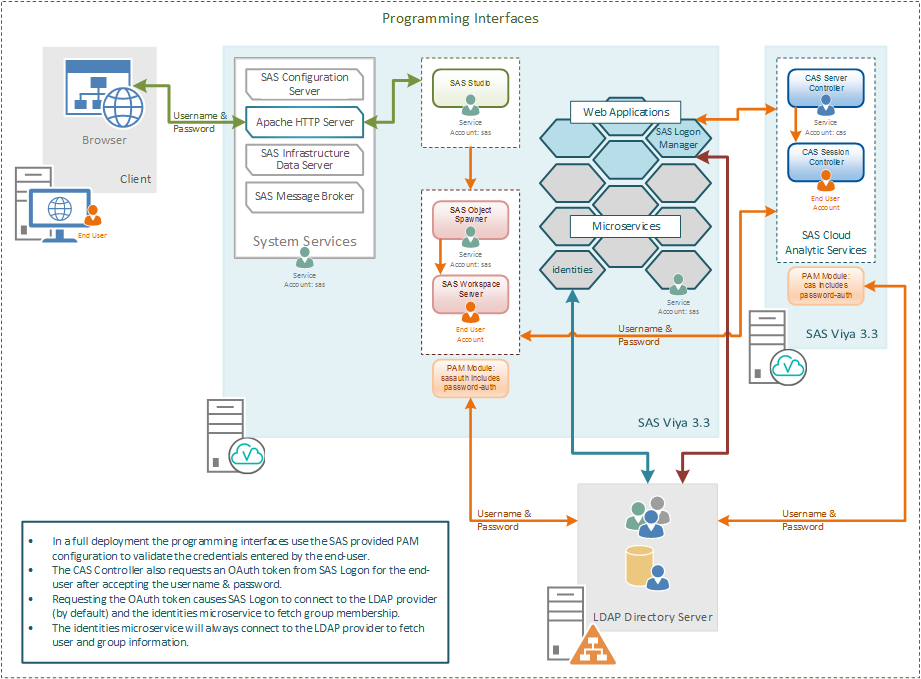
In this article, I want to give you an overview of the authentication options available with SAS Viya 3.3. SAS Viya 3.3, released in the second week of December 2017, and the second release with the new microservices architecture, presents more options for authentication than the previous releases. In future

Encryption and SAS is a wide ranging topic – so wide it gets its own book and features strongly in both the SAS(R) 9.4 Intelligence Platform: Security Administration Guide, Second Edition and SAS(R) 9.4 Intelligence Platform: Middle-Tier Administration Guide, Third Edition. In this blog we’ll take a high level look at
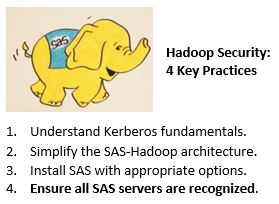
In this post we dig deeper into the fourth recommended practice for securing the SAS-Hadoop environment through Kerberos authentication: When configuring SAS and Hadoop jointly in a high-performance environment, ensure that all SAS servers are recognized by Kerberos. Before explaining the complex steps in connecting to secure Hadoop within a

In previous posts, we’ve shared the importance of understanding the fundamentals of Kerberos authentication and how we can simplify processes by placing SAS and Hadoop in the same realm. For SAS applications to interact with a secure Hadoop environment, we must address the third key practice: Ensure Kerberos prerequisites are met
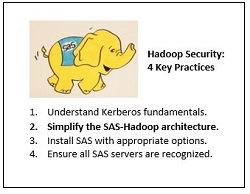
So, with the simple introduction in Understanding Hadoop security, configuring Kerberos with Hadoop alone looks relatively straightforward. Your Hadoop environment sits in isolation within a separate, independent Kerberos realm with its own Kerberos Key Distribution Center. End users can happily type commands as they log into a machine hosting the

A challenge for you – do a Google search for “Hadoop Security” and see what types of results you get. You’ll find a number of vendor-specific pages talking about a range of projects and products attempting to address the issue of Hadoop security. What you’ll soon learn is that security